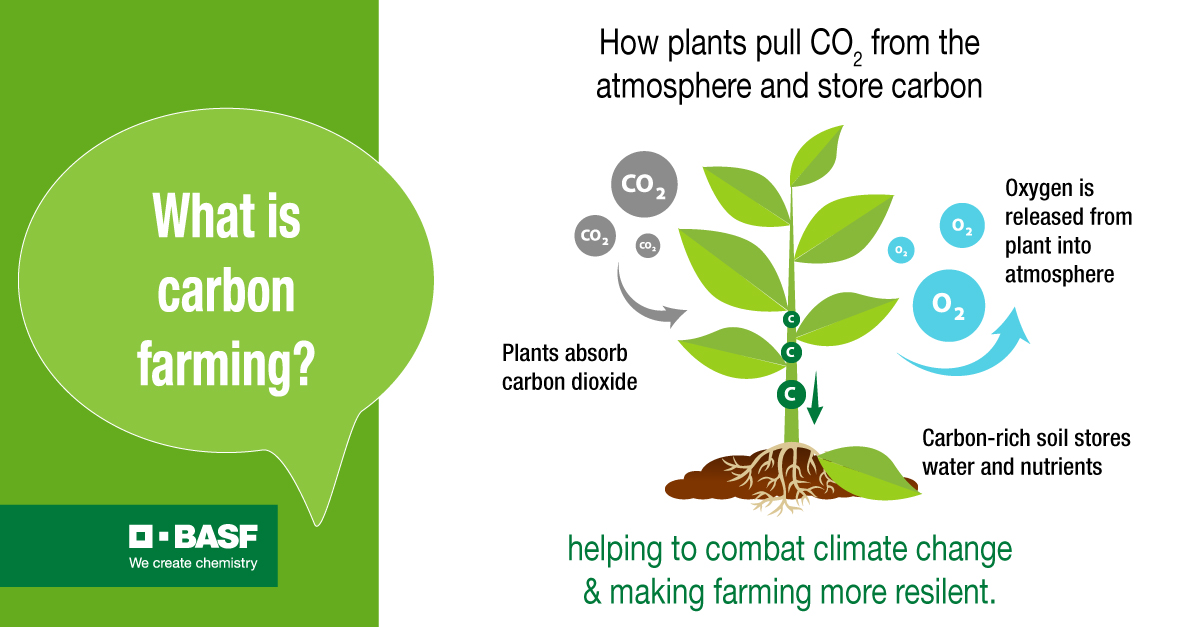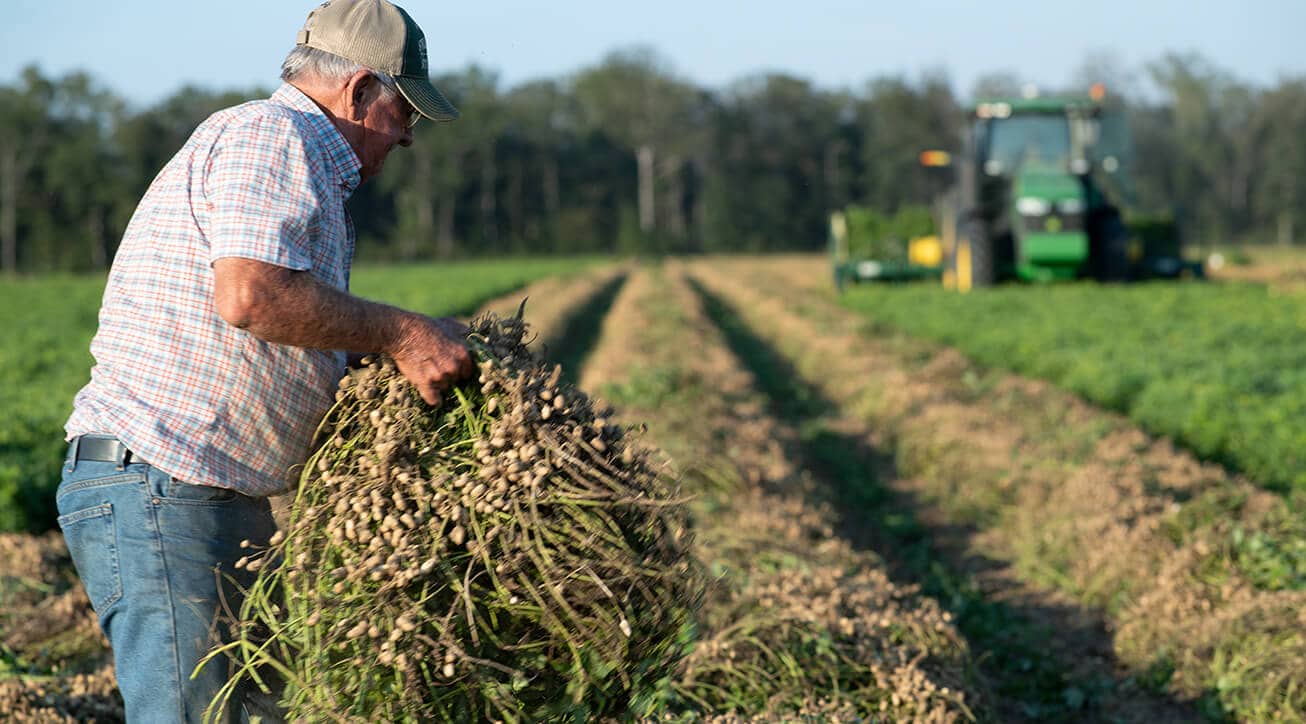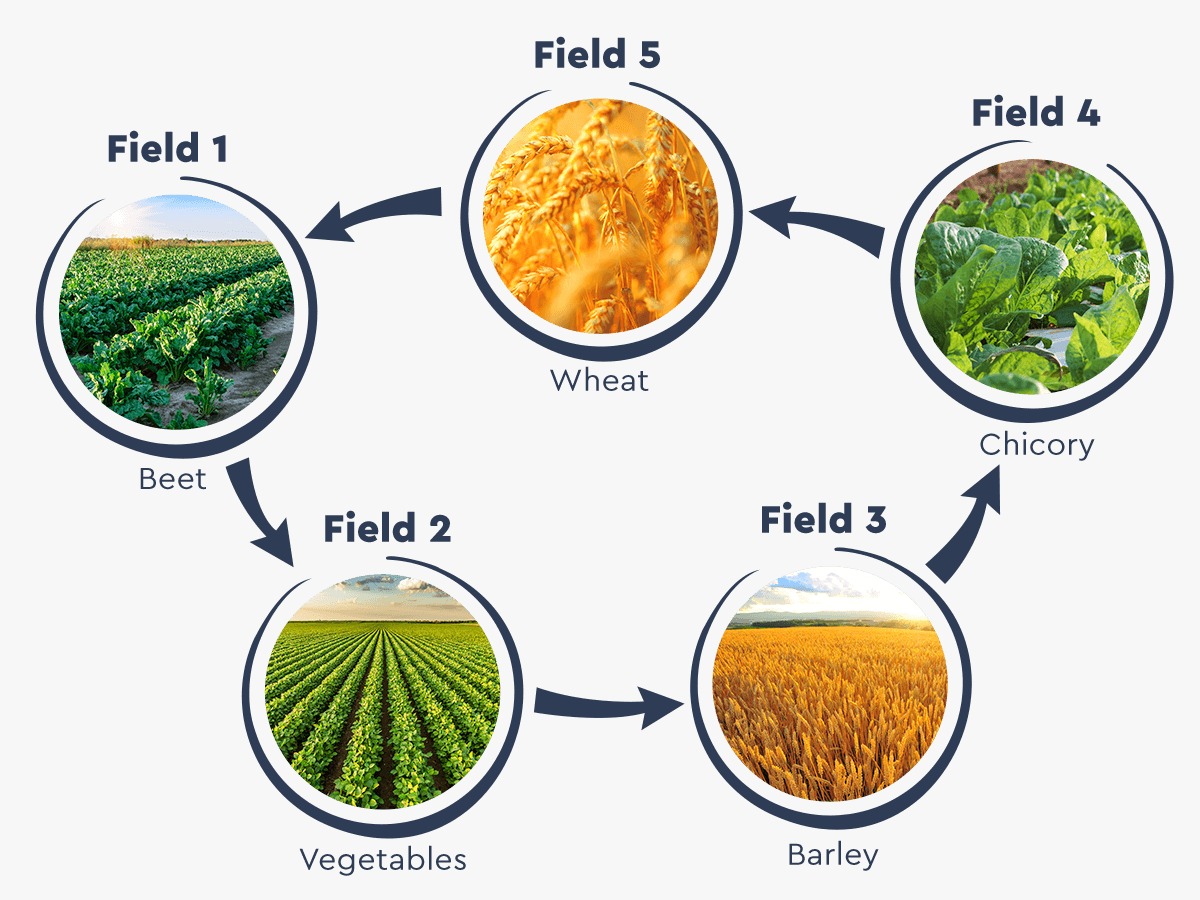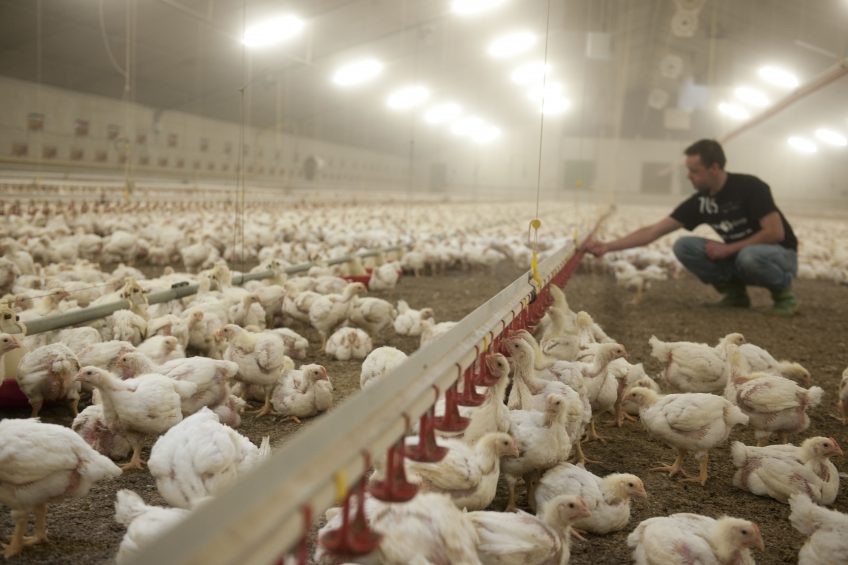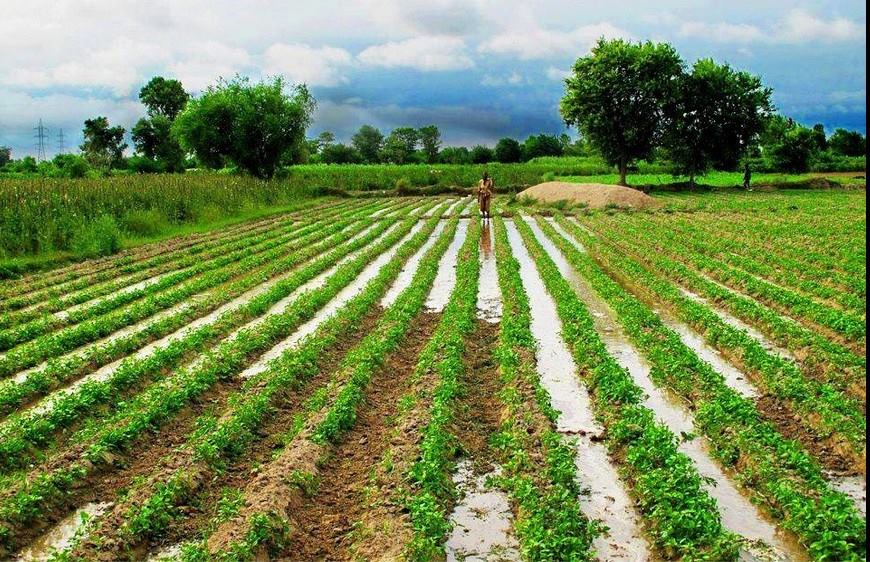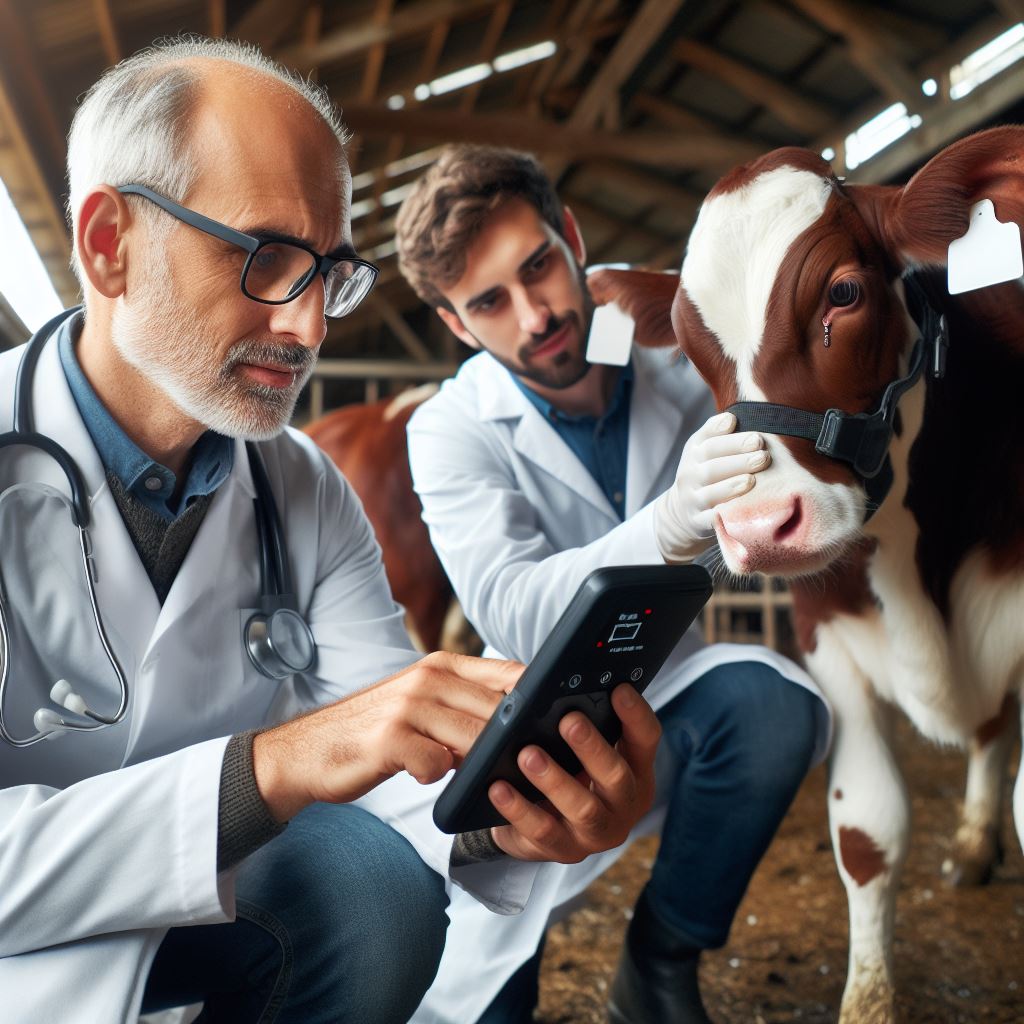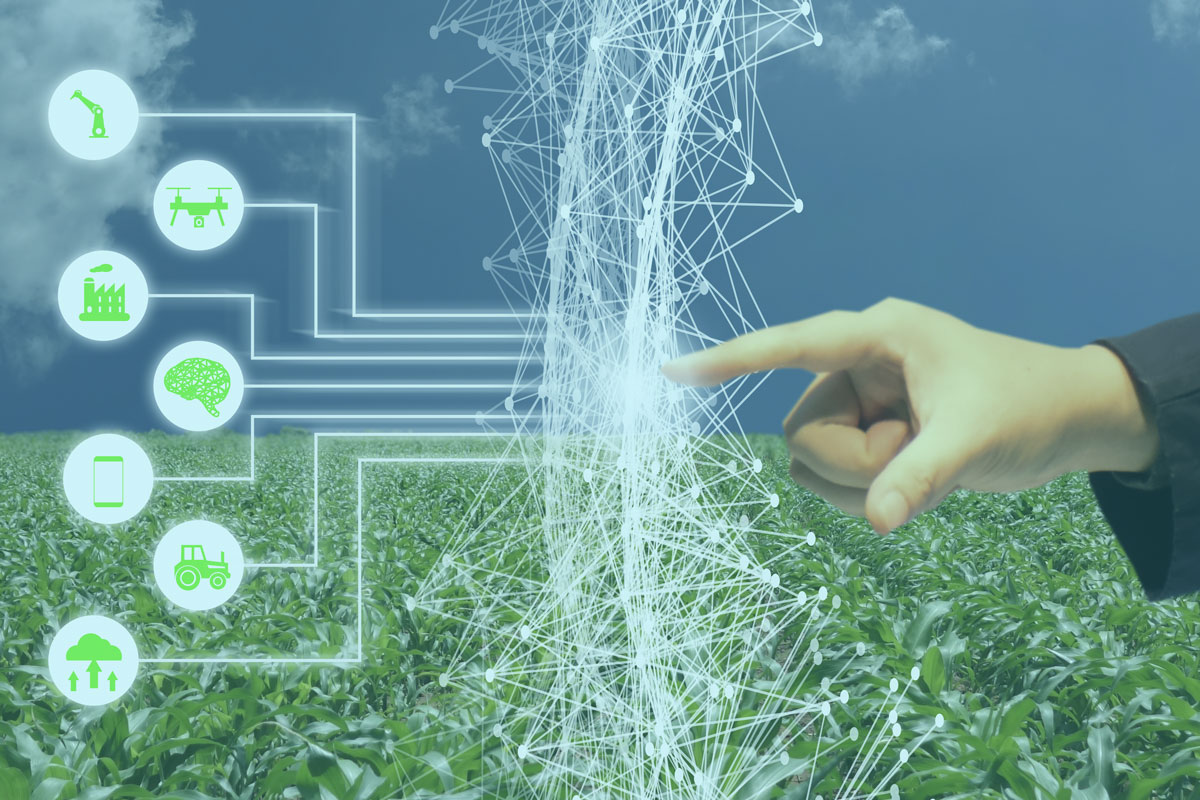A Sustainable Feast: Rethinking Livestock in the 21st Century
We are eager to share insights into the fascinating concept of A Sustainable Feast: Rethinking Livestock in the 21st Century. We strive to provide unique information and offer new perspectives.
Video about A Sustainable Feast: Rethinking Livestock in the 21st Century
A Sustainable Feast: Rethinking Livestock in the 21st Century
As the global population continues to rise, the demand for meat protein is also increasing. This intensifies the pressure on our current livestock practices, which are often associated with significant environmental impacts. From deforestation and greenhouse gas emissions to water contamination and biodiversity loss, the traditional model of animal agriculture is becoming increasingly unsustainable. But there is hope. A revolution is brewing, fueled by innovative practices and a growing awareness of the interconnectedness of our food systems with the environment.
This article explores the challenges and opportunities surrounding sustainable livestock practices, examining how we can feed a growing world without compromising the health of our planet.
The Environmental Footprint of Conventional Livestock
The consequences of conventional livestock farming are undeniable and far-reaching. Land use is a major concern, as vast tracts of forest are cleared to create pastures and grow feed crops, leading to habitat loss and biodiversity decline.
Climate change is another critical issue. Livestock, particularly cattle, are major contributors to greenhouse gas emissions.
Methane, a potent greenhouse gas, is released through enteric fermentation (the digestive process of cows) and manure management. Nitrous oxide, another harmful greenhouse gas, is emitted from fertilizers used in feed crop production.
Water resources are also strained by livestock farming. Large amounts of water are needed to grow feed crops and provide drinking water to animals. Furthermore, manure runoff can contaminate water sources, polluting rivers and lakes.
The Pillars of Sustainable Livestock Systems
Moving towards a more sustainable future for livestock requires addressing these environmental challenges through a multifaceted approach. Key pillars of sustainable livestock practices include:
- Efficient Feed Use: Reducing feed waste and improving dietary efficiency are crucial for minimizing both land use and greenhouse gas emissions.
Nutritional advancements, including precision feeding based on individual animal needs, can further enhance feed utilization.
- Manure Management: Manure, a valuable resource when managed properly, can be utilized for generating renewable energy (biogas), fertilizing crops, and improving soil health. Advanced composting and anaerobic digestion technologies can minimize nutrient runoff and greenhouse gas emissions.
- Rotational Grazing:
Instead of continuous grazing, rotating livestock across different pastures allows the land to recover and regenerate, promoting soil health, biodiversity, and carbon sequestration.
- Animal Welfare: Happy and healthy animals are more productive and resilient.
Implementing humane practices, providing adequate space and enrichment, and reducing stress can contribute to improved animal welfare and, consequently, more sustainable production systems.
- Breeding for Sustainability: Genetic selection programs can prioritize traits that contribute to sustainability, such as improved feed conversion efficiency, disease resistance, and reduced methane production.
- Reduced Antibiotic Use: Overuse of antibiotics in livestock contributes to the development of antibiotic resistance, a global health threat. Implementing strict disease prevention and management strategies, alongside alternative treatments, is essential for reducing antibiotic reliance.
Regenerative Agriculture: Adopting principles of regenerative agriculture, such as cover cropping and agroforestry, can enhance soil health, sequester carbon, and create more resilient and productive agricultural landscapes.
Innovative Solutions: Shaping the Future of Livestock
Closure
We hope this article has illuminated key insights about A Sustainable Feast: Rethinking Livestock in the 21st Century. We are grateful for your attention. See you next time!.
